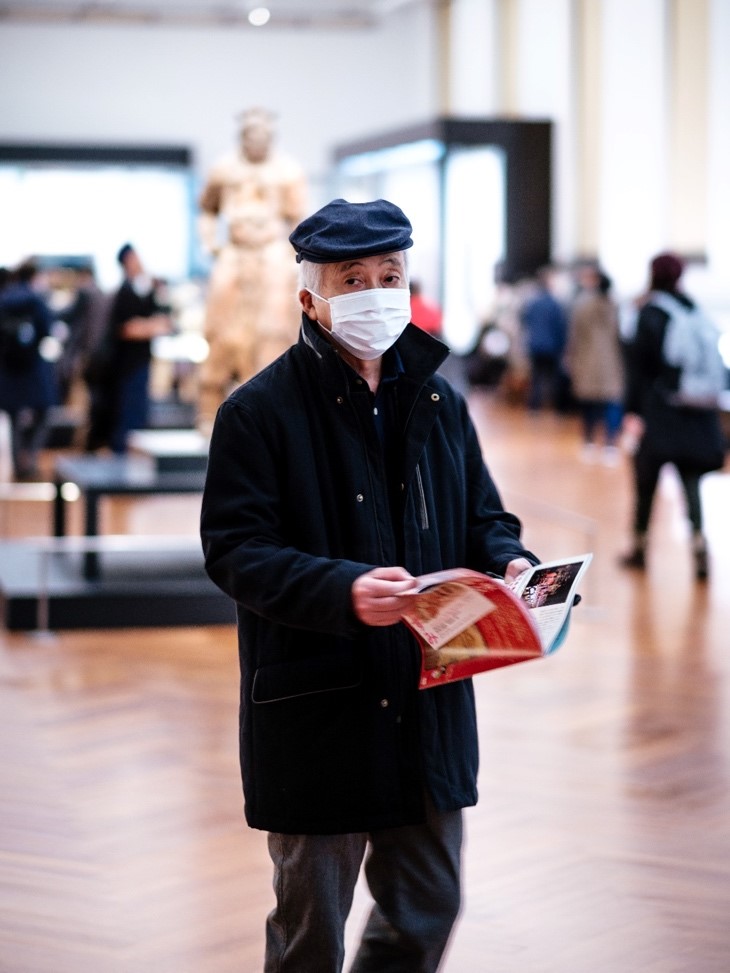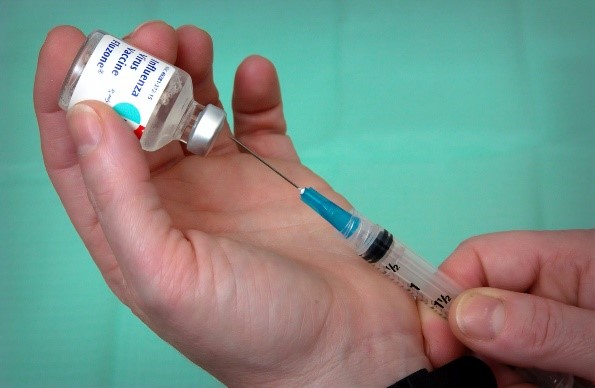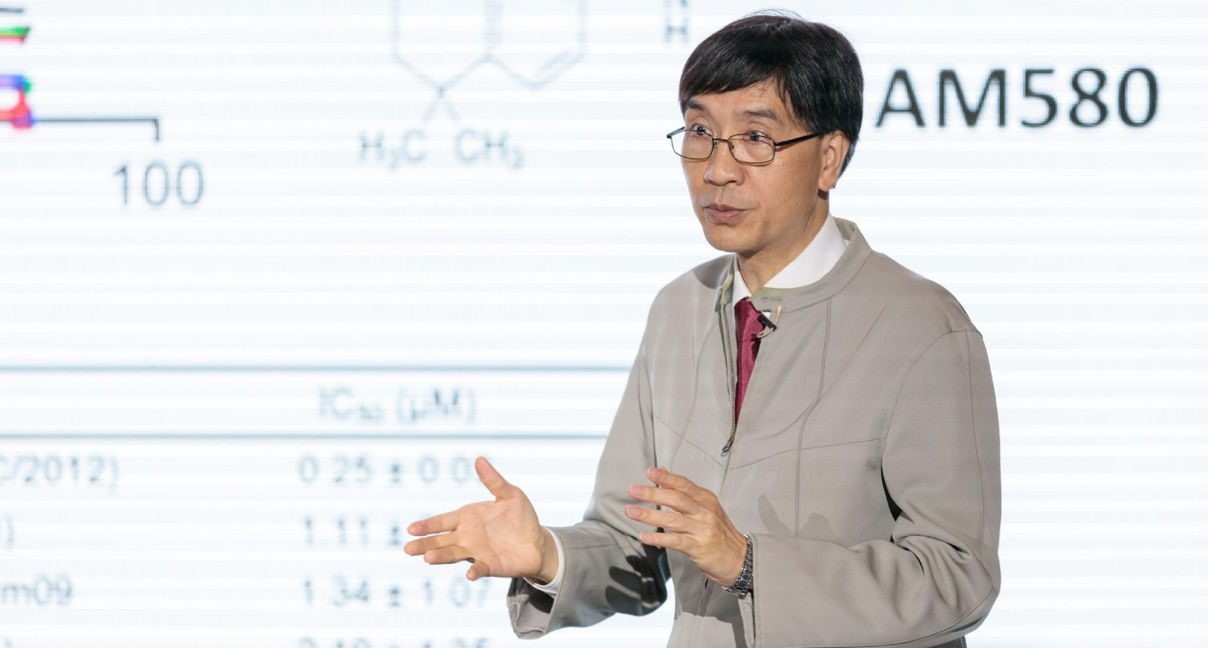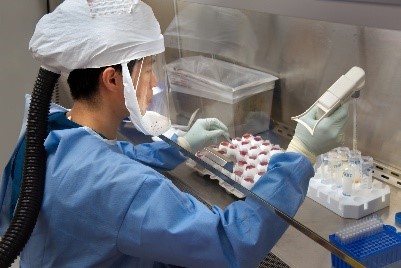With the global spreading of the pandemic novel coronavirus, COVID-19, there is intensifying concern about the containment of the coronavirus outbreak. Researchers at the University of Hong Kong have been devoting considerable efforts in the assessment of the source of the outbreak, the investigation of the viral spreading mechanism, as well as the development of vaccines.
Since December 2019, Wuhan, Hubei province has reported a number of cases of pneumonia with unknown causes related to Huanan seafood markets. On January 20th, Professor Yi Guan, the Director of the State Key Laboratory of Emerging Infectious Diseases at the University of Hong Kong, accurately estimated that the onset of the first Coronavirus patient was likely to be between 20 November and 1 December 2019. After fighting the SARS in 2003, on January 21, the "Virus Hunter" once again led his team to the frontline, Wuhan, with the attempt to investigate the source of the novel pneumonia epidemic. His team has since put considerable effort into clarifying the hosts of this virus.

Before the outbreak of Coronavirus was clear, some cities had made contingency plans in advance. As early as 10 January 2019, two patients with fever were accepted by the University Hong Kong-Shenzhen Hospital (HKU-SZH). They were confirmed as the first case of Coronavirus reported in Shenzhen, infected by family clusters. The first case in Guangdong province was confirmed by the genetic testing of nasopharyngeal secretion carried out by Professor Yuen Kwok-Yung, an authority on microbiology at the University of Hong Kong and an academician of the Chinese Academy of Engineering, and his team. Under the guidance of Professor Yuen, the HKU-SZH responded swiftly to the viral outbreak, carried out epidemic prevention exercises and established a prevention & control team. Shenzhen then also raised the alarm about the epidemic. On January 17, Professor Yuen reported the case to the Guangdong Provincial Center for Disease Control and Prevention. Guangdong province strengthened prevention and control measures according to the likely channel of "person-to-person spread and cluster transmission". The HKU team has been involved in the study of coronavirus for more than 20 years and gained rich knowledge and experience in this field. Professor Yuen's team confirmed the "human-to-human transmission" of the new coronavirus through an analysis of familial clusters in Shenzhen at the critical stage.
To identify the “suspected zero”, scientists explored the microworld and successfully isolated the novel coronavirus strain. HKU professors John Nicholls, professor of clinical medicine, department of pathology, and Leo L M Poon and Malik Peiris, professors of school of public health, cultured infected cells and observed the intracellular replication of the novel coronavirus using electron microscopy and related analytical methods. The research confirmed that thousands of virions are released from the surface of each infected cell.
The battle for the epidemic prevention and control has continued to escalate (now worldwide) and has entered another critical stage. To control the spread of the pandemic, it is far from enough to study the mechanisms and treat the infected. More importantly is to provide effective vaccine and anti-epidemic education and prevention measures.
As a vital weapon, how is the development of a vaccine for the coronavirus?

It is definitely not a piece of cake to develop a new vaccine. Vaccine is crucial to human life and wellbeing, and it requires rigorous medical research and assessment. From the extraction of virus strains to subsequent animal tests, our researchers have been dedicating long hours and resources to fight the pandemic. Compared with that for a normal vaccine, the development for coronavirus vaccine has been progressing fast and efficient.

According to Professor Yuen Kwok-yung, it seems that their team has made a major breakthrough in the research of the virus. In a confirmed case study from the University of Hong Kong-Shenzhen Hospital, the team successfully used gene sequencing to identify the entire genetic sequence of coronavirus. Researchers found that the novel coronavirus relies on a “spike” protein to enter human cells for reproduction. By inserting a gene segment of the spike protein into the influenza vaccine, the vaccine can simultaneously produce the spike protein of the coronavirus. If it is developed successfully, the vaccine can be sprayed into the nose which can theoretically produce corresponding antibodies against the coronavirus. As this vaccine only inserts a segment of the spike protein, the approach is likely to avoid severe reactions after vaccination.

Although, his team had isolated the virus from the Hong Kong’s first imported case, and already obtained the seed virus for the vaccine, it could still take months to test the vaccine on animals before clinical trials on humans would be allowed, and there are still much to do before it can appear on the market.
In keeping with the vaccine development, it is important to improve public awareness of the virus and its prevention measures, so as to reduce public anxiety. Professor Dongyan Jin, virologist of the University of Hong Kong, together with eight experts including Professor Nan-shan Zhong, held the first multidisciplinary online forum on new coronavirus including its origins and pathophoresis. At the same time, the University of Hong Kong, established a new web site, see the link at the end , to publicize the latest research progresses on the CIVID-19 outbreak and the epidemic prevention tips .
Collaboration- the Future
This coronavirus is savage. Researchers in HKU and ZIRI endeavor to take on many aspects of the issue from prevention, testing and treatment, to early discovery and detection of "infectious viruses" in future, contributing to different research tasks, discussions and debate. To date, our understanding of the characteristics of the virus is far from sufficient. Instead of relying on a series of incomplete data to guide policy and directions of research and innovation, it is fundamentally more important to gel the collective wisdom of researchers from wide disciplinary backgrounds, to gain in-depth and complete understanding of the outbreak, and make more informed planning to deal with possible future scenarios and consequences, particularly on better "prevention, detection, response and management" of possible future public health incidents. ZIRI will facilitate further discussions and collaborations in tackling the key issues, so as to contribute to the control of the epidemic and the eventual establishment of a "smart health and smart society" system.
For more information and updates, please see:
https://fightcovid19.hku.hk/ - 港大抗疫最前線
https://www.lovehkloveu.com/ - “正念抗疫” section
Acknowledgements to sources of pictures:
封面图片(Cover Picture): Unsplash
插图1 (Figure 1): Unsplash
插图2 (Figure 2): Unsplash
插图4 (Figure 4): Unsplash